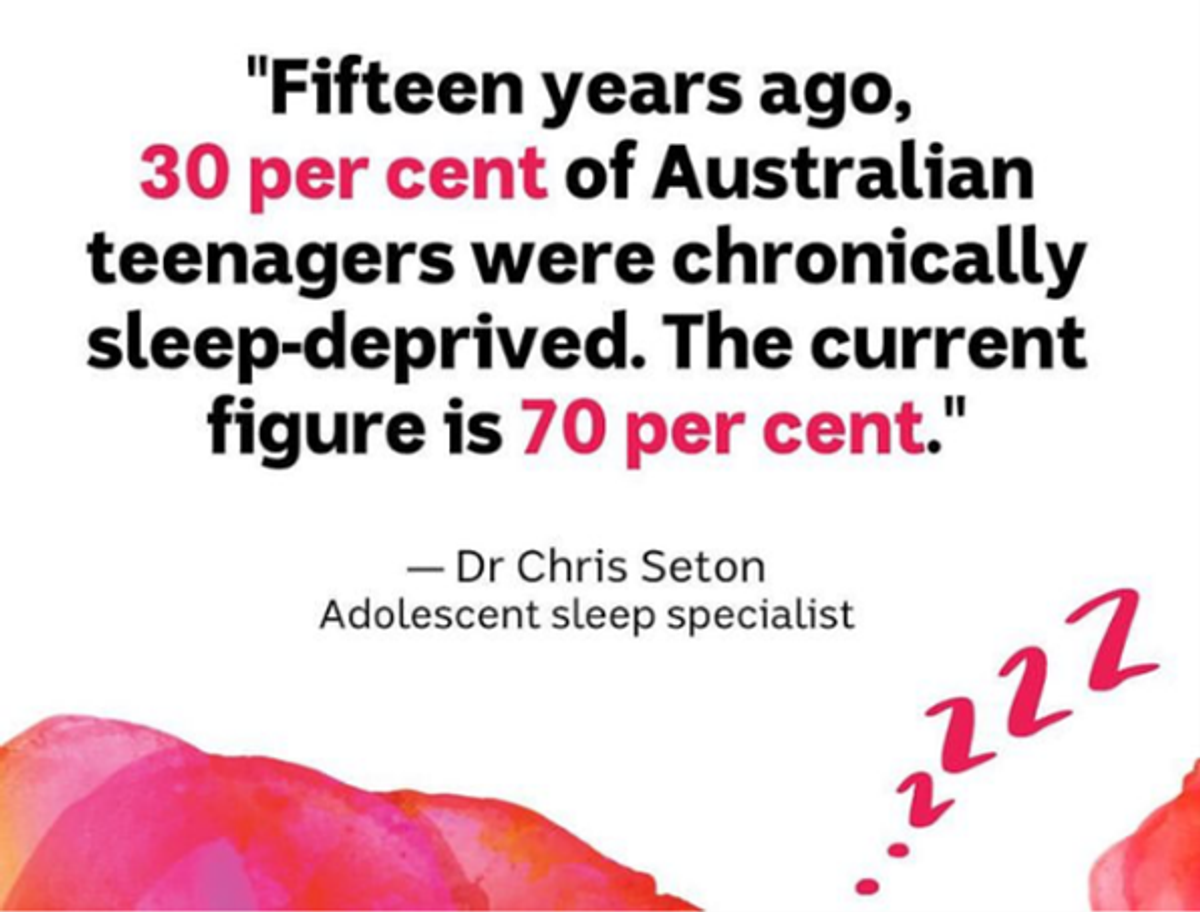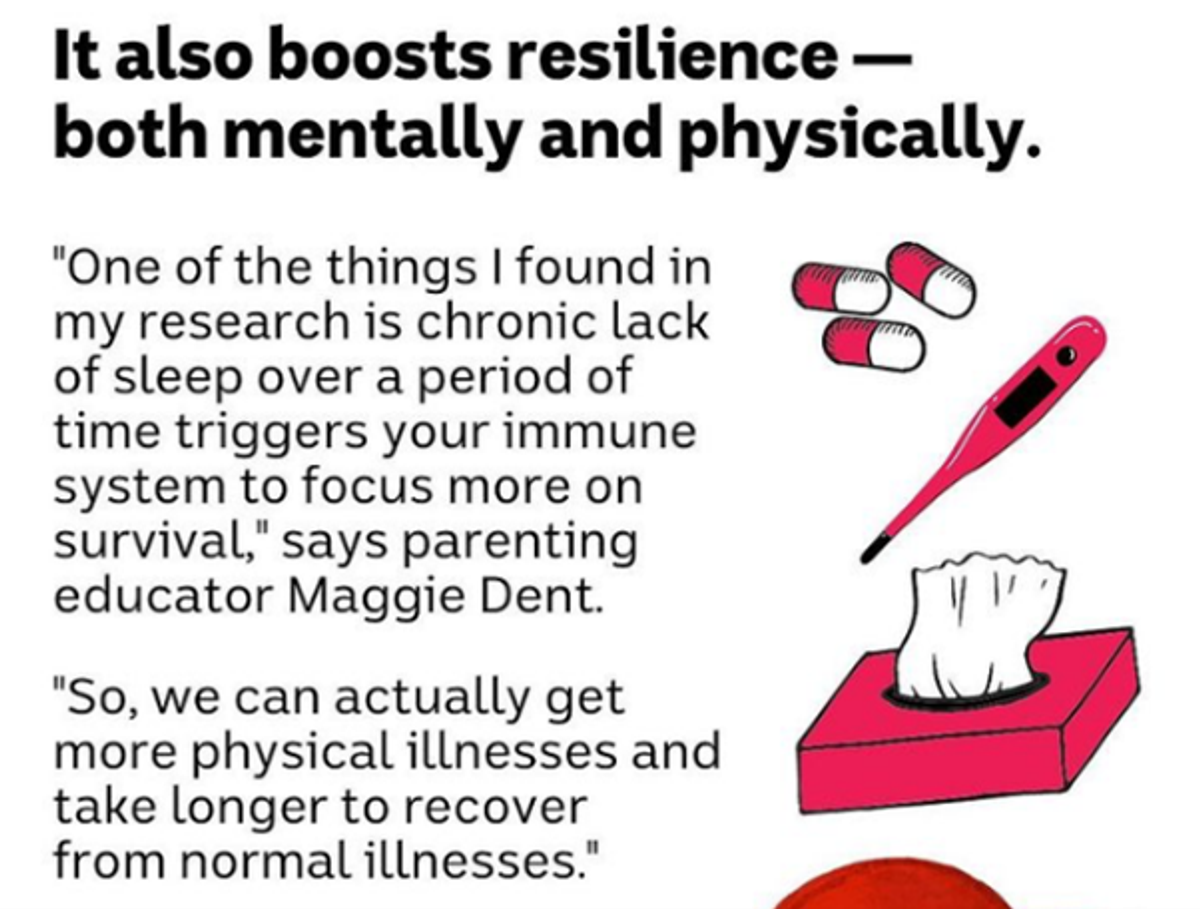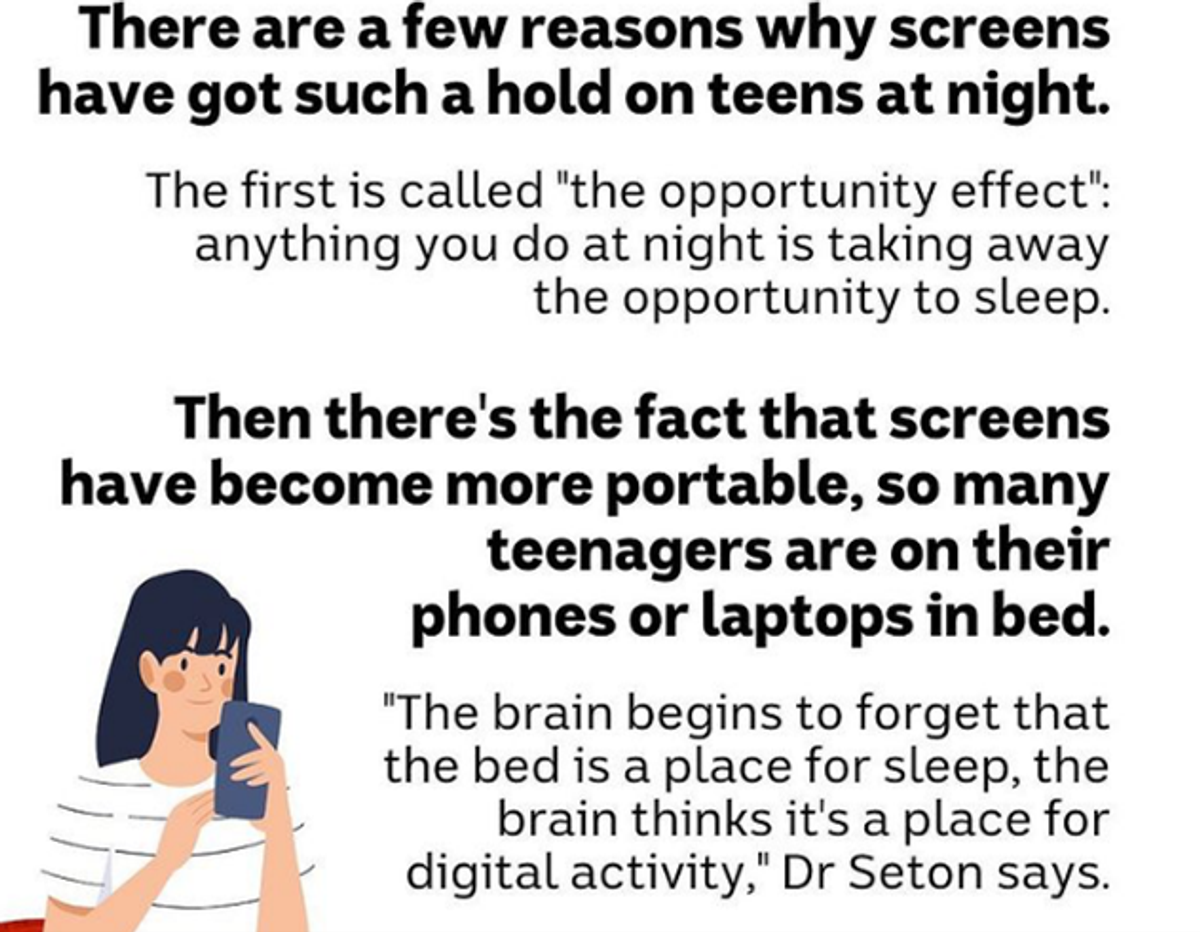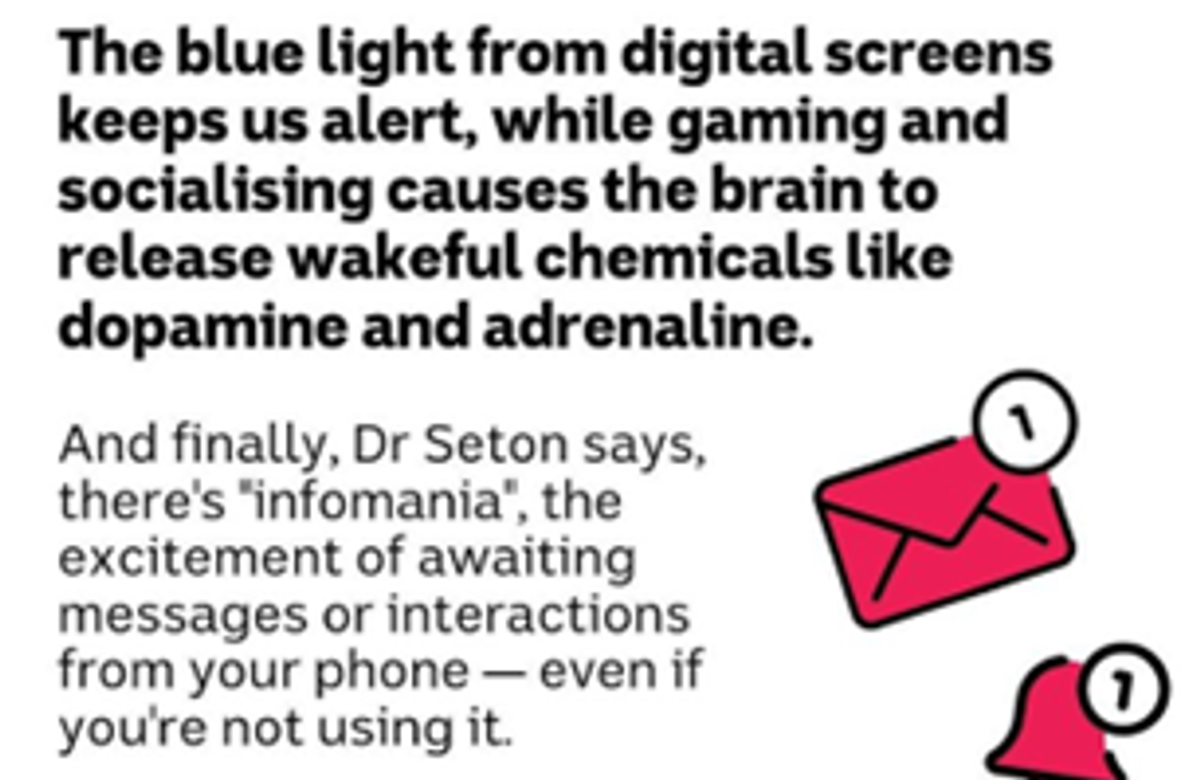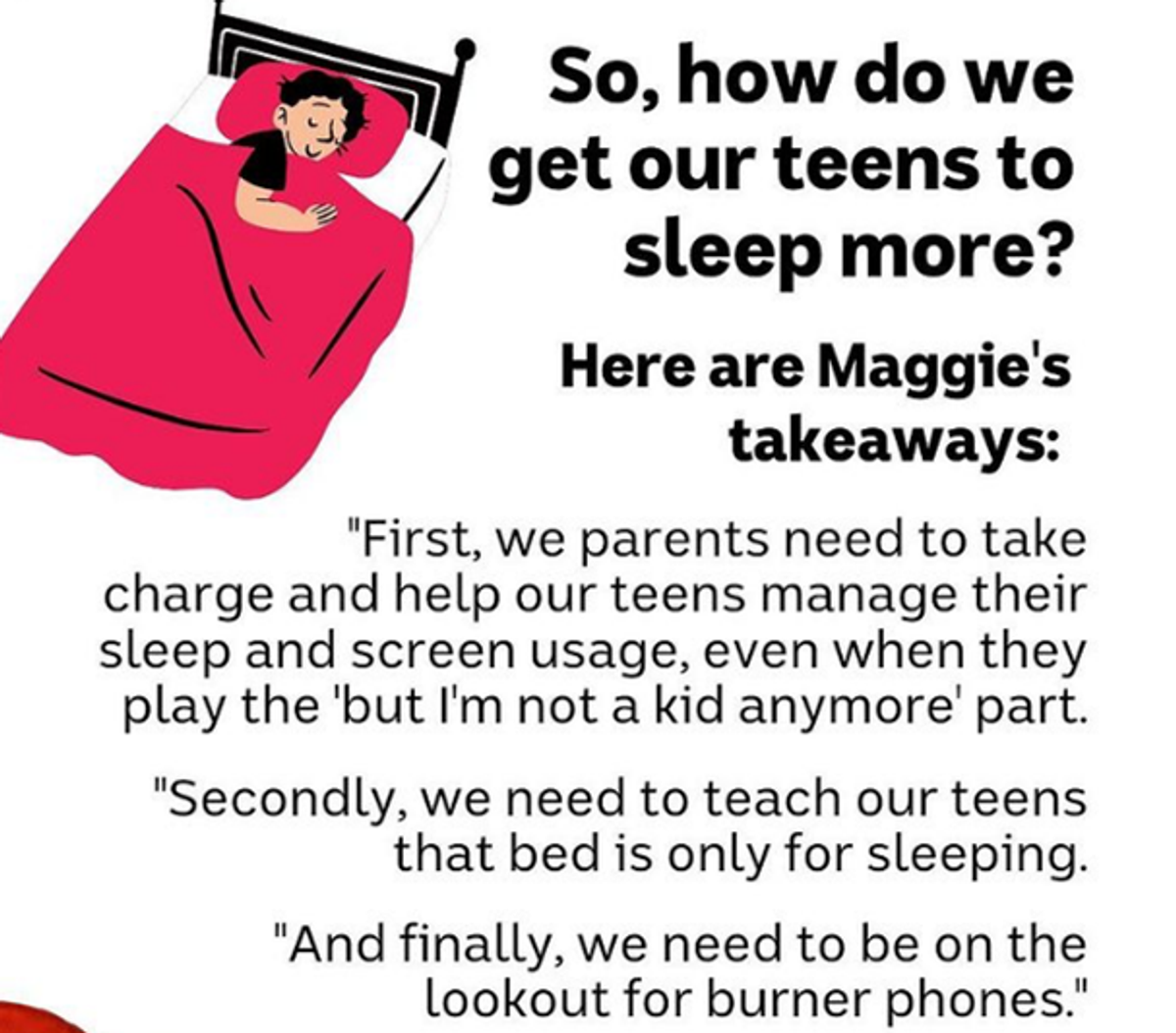From the Deputy Principal
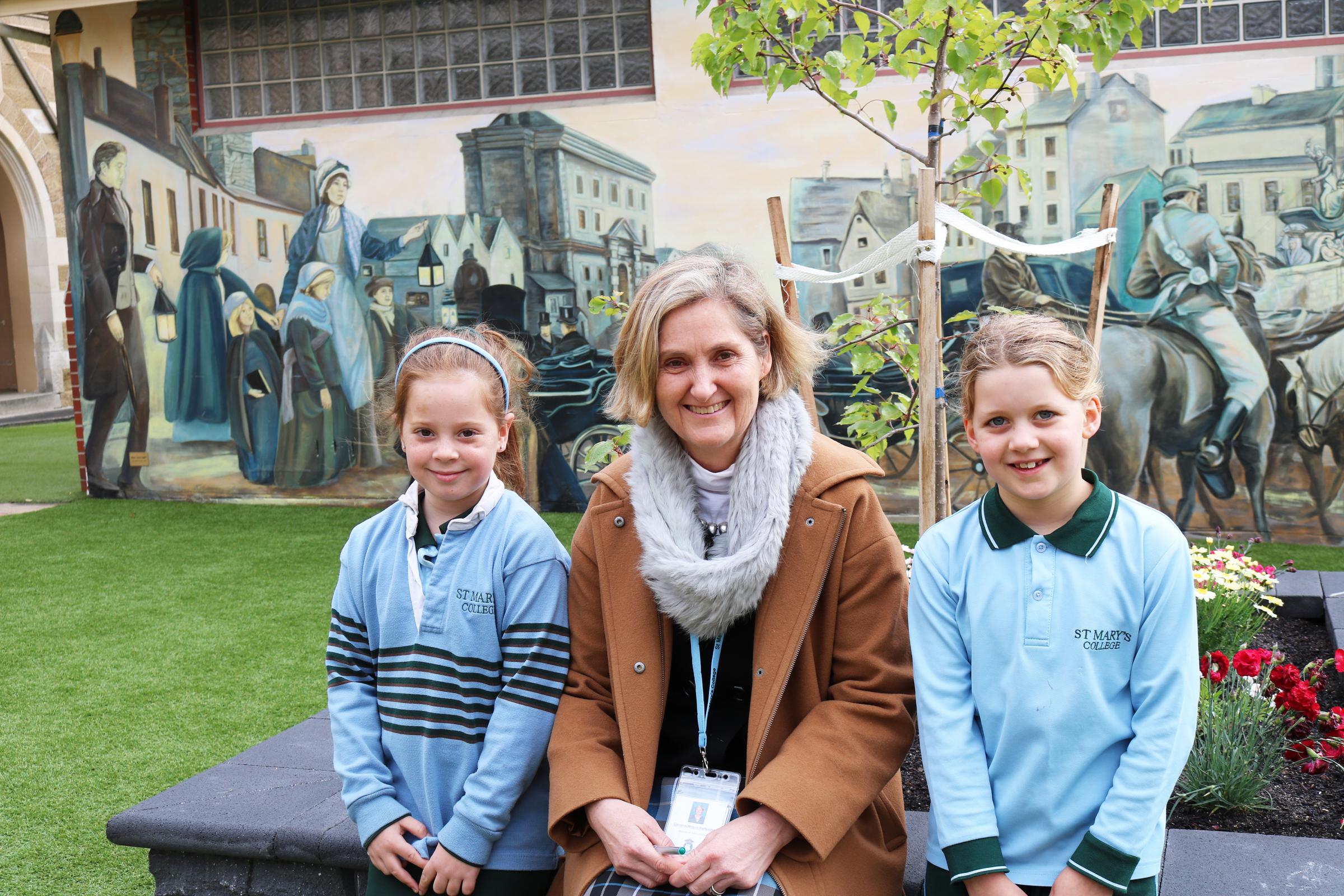
Spotlight on sleep and screen addiction
The statistics about sleep, or lack of, in young people are alarming.
The following infographic, from The Resilience Project, offers an insight into the close relationship between sleep, mental health and technology use.
If you find convincing children to put down their iPhone or iPad to be a challenge, you could be dealing with a screen time addiction.
At least, that is what Dr Chris Seton, a leading paediatric and adolescent sleep physician from the Woolcock Medical Institute, believes.
Last month Dr Seton featured on ABC Radio Melbourne, suggesting that screen time for children could in fact be as addictive as drugs.
It is an alarming thought and at the very least some children’s obsession with screen time is certainly a significant behavioural issue.
A major worry is the resulting sleep deprivation, with young people using devices when they should be sleeping. Experts state that it is one of the biggest issues facing our teens today – and it is not getting the attention it deserves. 'In a haze of sleep deprivation, teenagers do risky things …because their executive brain is not well-developed,' Dr Seton explains.
Government health authorities refer to sleep research that suggests teenagers require around nine to 10 hours of sleep each night. Even 30 minutes of extra sleep (or 30 minutes less) can have an impact on a young person’s mood, concentration, academic performance, physical reflexes and memory.
Through the Resilient Youth Survey, 45 per cent of Year 7-10 students reported that they are not getting eight hours of sleep each night, data which mirrors national trends. Furthermore, 44 per cent of Year 7-12 students report using technology between 10.00pm and 6.00am.
Over the past decade, why has sleep deprivation become worse for young people? It is not a surprise that 'the number one reason for the increase in sleep deprivation is digital technology, screens late at night,' according to Dr Seton.
Despite the strong attachment that young people have to their devices, there are many things we can—and should—try to break the habit of living life through a screen.
Five ways to reduce screen time
- Make bedrooms no-screen zones
- Model the behaviour and set a good example
- Put limits in place for screen time
- Screen time should not be a reward
- Highlight alternative activities
An extensive number of resources about sleep are available on the College website via SchoolTV.
Image source: @abcradionational
Mobile phone usage
On the school front, in response to the professional learning undertaken with Susan McLean, the College's guidelines regarding ICT and mobile phones have been reviewed and updated. These can be viewed on the College website via the links below:
ICT Guidelines and Student Agreement
Acceptable Use Guidelines for Mobile Phones and Devices
The following mobile phone guidelines apply to all St Mary's College students as outlined:
Kinder–Year 2
Mobile phones and devices should not be brought to school without the permission of the Director of Junior School.
Years 3–6
Mobile phones and devices are to be handed to the class teacher before the commencement of the school day and collected at the end of the school day. Before school, mobile phone and devices (including iPads) are not to be used once students are on school grounds. After school, mobile phones and devices are only to be used for communicating with parents and carers.
Years 7–10
Mobile phones and devices are to be switched off and placed securely in a student’s locker before Homeroom begins at 8.25am and are not to be accessed until 3.15pm (from bell to bell).
Years 11–12
Mobile phones are a student's responsibility during the school day. They must be switched off during lessons and when stored in lockers.
Caroline Wilson-Haffenden
Deputy Principal


